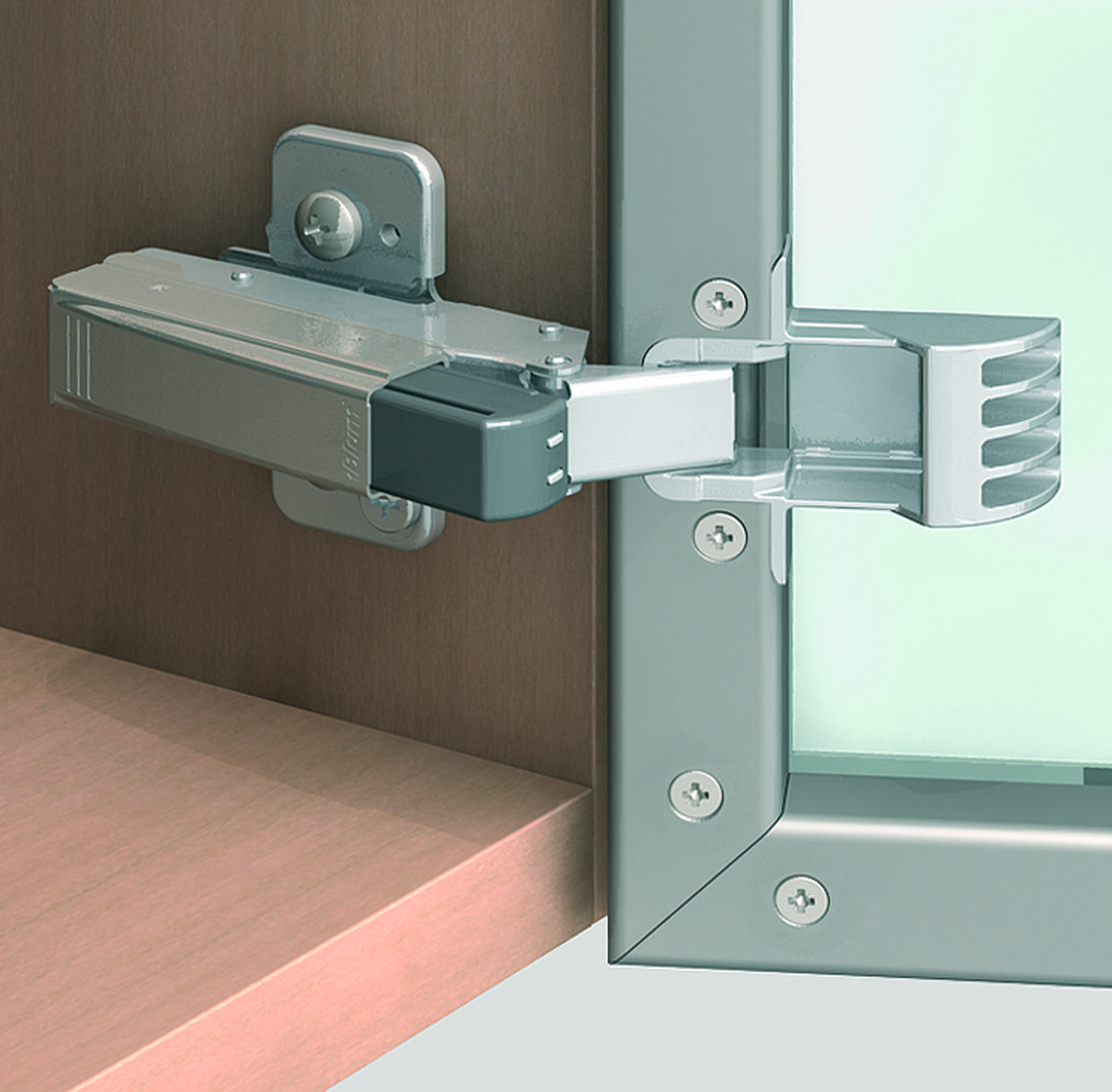The Art of Seamless Swings: Exploring the World of Door Hinges

Door hinges are an often overlooked but essential component of our everyday lives. From the creaky old wooden doors of ancient buildings to the sleek, modern entrances of contemporary architecture, door hinges serve as the unassuming heroes that allow these portals to function seamlessly. These small, unobtrusive mechanisms bear the weight of countless openings and closings, facilitating movement with grace and precision. In this article, we will delve into the world of door hinges, exploring their importance, the intricate craftsmanship involved in their manufacturing, and the diverse range of hinges available in today's market.
Every door tells a story, and behind every well-designed and smoothly operating door lies the craftsmanship of a door hinge manufacturer. These manufacturers, often hidden away in factories and workshops, dedicate themselves to producing hinges that not only withstand the test of time but also add beauty and functionality to our living spaces. The precision engineering, attention to detail, and quality materials used in the manufacturing process ensure that door hinges not only function flawlessly but also enhance the aesthetics of the doors they are paired with.
From robust butt hinges to elegant pivot hinges, the world of door hinges offers a vast array of options to cater to various needs and styles. Whether you are seeking hinges for residential, commercial, or industrial applications, there is a perfect match waiting to be discovered. Join us as we take a closer look at the craftsmanship behind these unassuming yet integral components, shedding light on the intricate art of seamless swings that has been perfected by door hinge manufacturers around the world.
History of Door Hinges
The origin of door hinges can be traced back to ancient times. For centuries, humans have been using various techniques to secure doors and create smooth swinging motions. The concept of a hinge, which allows a door to rotate on a fixed axis, has been a fundamental element in architecture and design.
One of the earliest known types of hinges is the strap hinge. Used as early as the Bronze Age, strap hinges consisted of long metal straps that were affixed to doors and frames using nails or rivets. The simplicity of this design made it widely adopted throughout different civilizations, from ancient Egypt to medieval Europe.

As time progressed, so did the complexity and variety of door hinges. The introduction of more advanced metalworking techniques allowed for the development of more intricate designs. During the Renaissance, artisans began crafting decorative hinges, incorporating ornate patterns and motifs. These hinges not only served a functional purpose but also became a form of artistic expression.
In the modern era, the industrial revolution revolutionized the manufacturing process of door hinges. Specialized machinery and factories enabled mass production, making hinges more accessible and affordable. With the rise of architectural and interior design movements, door hinges became an essential component in achieving specific aesthetic styles.
Today, door hinges are produced by numerous manufacturers using a variety of materials, including steel, brass, and aluminum. As technology continues to advance, new materials and manufacturing techniques are being employed, resulting in hinges that are more durable, corrosion-resistant, and visually appealing.
Understanding the rich history of door hinges provides insight into their significance in the world of architecture and design. These humble yet essential components play an indispensable role in both the functionality and aesthetic appeal of doors, showcasing the seamless integration of form and function.
Types of Door Hinges
When it comes to door hinges, there is a wide variety of options available. Each type of hinge serves a specific purpose and offers unique features. In this section, we will explore three common types of door hinges.
Butt Hinges: Butt hinges are the most common type of door hinge used in residential and commercial applications. They are simple in design and consist of two rectangular plates joined together by a pin. These hinges are easy to install and provide excellent durability. hinge supplier are often found on interior doors, cabinets, and furniture.
Pivot Hinges: Pivot hinges, also known as center hung hinges, offer a unique and stylish alternative to traditional hinges. Unlike butt hinges, pivot hinges do not require a fixed frame or jamb. They are designed to allow the door to swing in both directions. Pivot hinges are commonly used on large, heavy doors, such as entrance doors to commercial buildings or contemporary interior doors.
Concealed Hinges: Concealed hinges, also called European hinges, are a popular choice for modern and minimalist design aesthetics. As the name suggests, these hinges are hidden from view when the door is closed, offering a seamless look. Concealed hinges are adjustable and provide smooth and quiet operation. They are commonly used on cabinet doors, wardrobe doors, and other furniture pieces.
Understanding the different types of door hinges can help you choose the right one for your specific needs. Whether you are a homeowner looking to upgrade your interior doors or a door hinges manufacturer exploring new possibilities, considering the various options available will ensure the perfect fit for your project.
Choosing the Right Door Hinges
When it comes to choosing the right door hinges for your home, there are a few important factors to consider. With the wide variety of door hinges available in the market, it's crucial to select the ones that best suit your specific needs. Here are some key points to keep in mind when making your decision:
Firstly, consider the type of door you have. Different doors require different types of hinges, so understanding your door's specifications is essential. For example, if you have a heavy or solid door, you will need hinges that can support its weight and provide the necessary stability. On the other hand, if you have a lightweight interior door, you may opt for simpler hinges.
Secondly, contemplate the design and style of your door. Door hinges can be more than just functional; they can also add aesthetic value to your home. Take into account the overall look and feel you want to achieve. Perhaps you prefer sleek and modern hinges that blend seamlessly with the door, or maybe you prefer more decorative hinges that act as a focal point. Consider your personal taste and the existing décor of your home.
Lastly, don't forget to research reputable door hinges manufacturers. Quality matters when it comes to hinges, as they are an integral part of your doors and contribute to their overall durability and longevity. Look for manufacturers known for their expertise and craftsmanship, ensuring that you choose hinges that are built to last.
By taking into account the type of door, the design, and the manufacturer, you can make an informed decision when it comes to selecting the right door hinges for your home. Remember, choosing the appropriate hinges not only ensures smooth and seamless door swings but also adds value and style to your living space.
